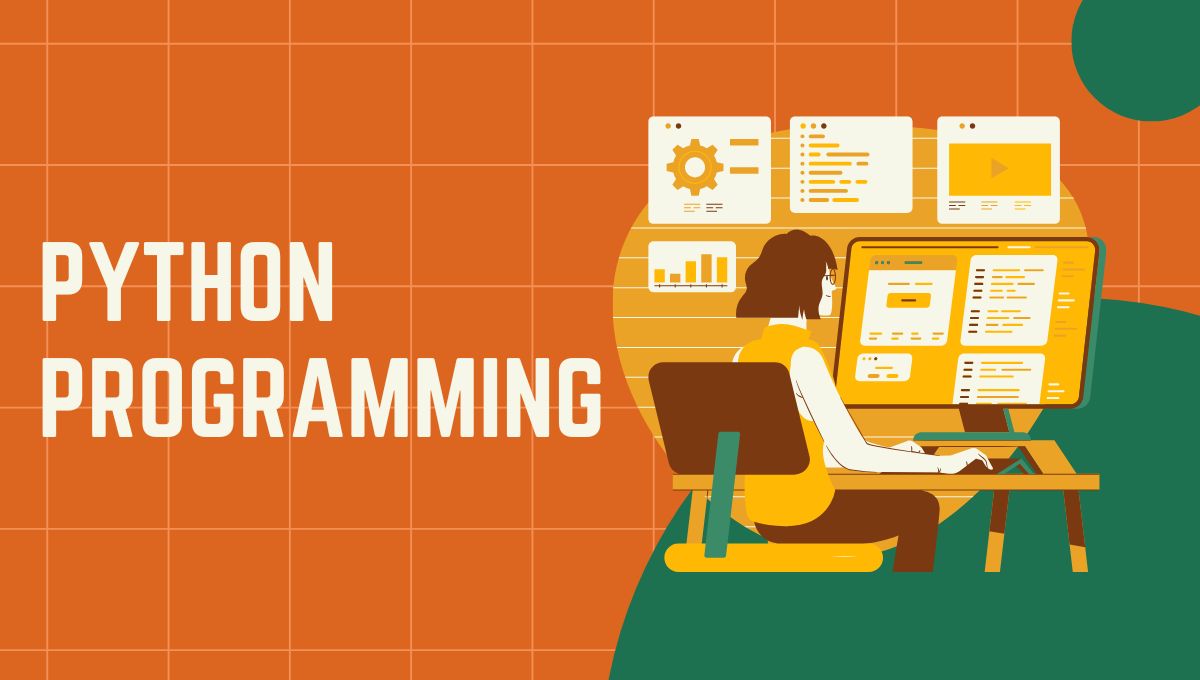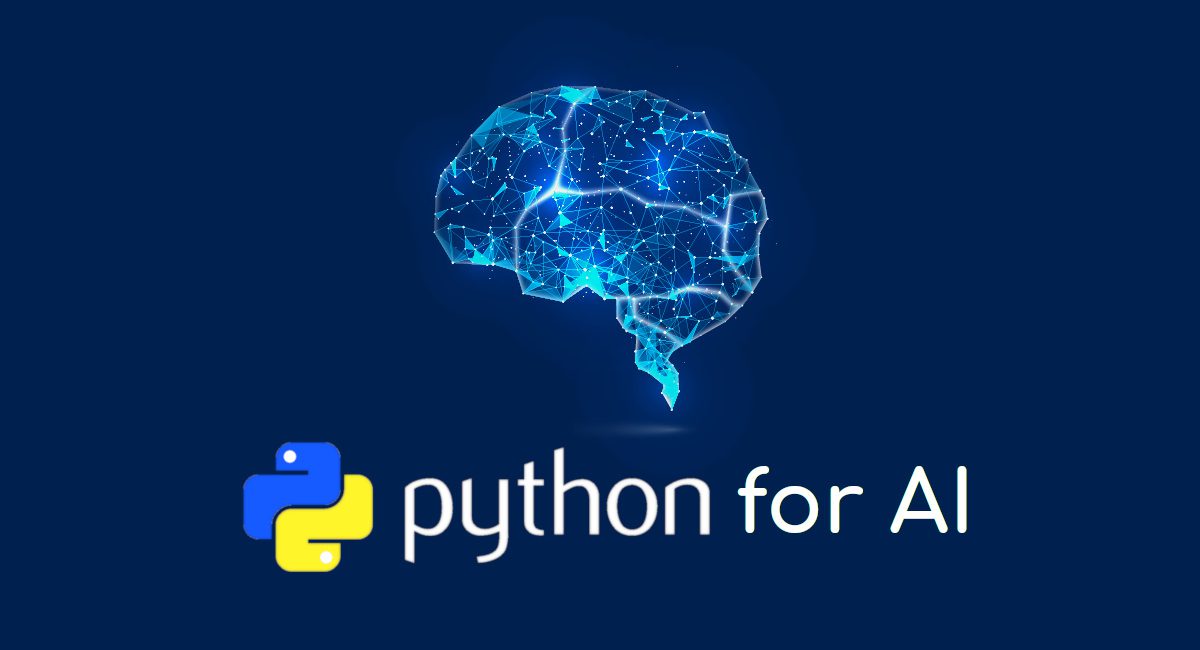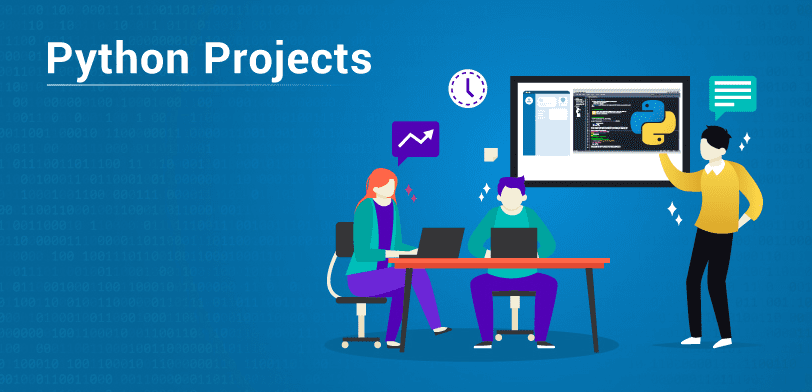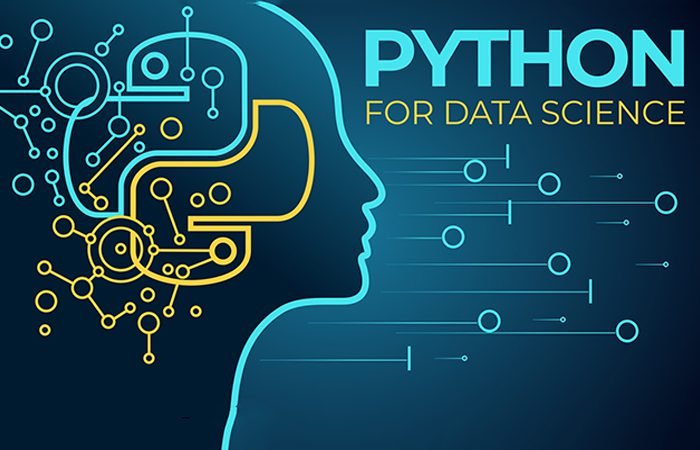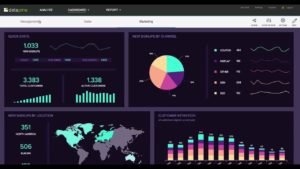Probability distributions are the mathematical functions that describe the likelihood of different possible outcomes of a random variable. Understanding and applying probability distributions is crucial for statistical modelling, hypothesis testing, and risk assessment in data science and machine learning.
Python, with its rich ecosystem of libraries like NumPy, SciPy, and Matplotlib, provides powerful tools for working with probability distributions. If you wish to learn Python programming and other concepts such as probability distribution, a solid data analytics course can definitely help.
Key Concepts in Probability Distributions
- Random Variable: A random variable is a variable whose value is a numerical outcome of a random phenomenon. It can be discrete or continuous.
- Probability Density Function (PDF): The PDF describes the relative likelihood of a random variable taking on a specific value for continuous random variables.
- Probability Mass Function (PMF): The PMF gives the probability of a random variable taking on a specific value for discrete random variables.
- Cumulative Distribution Function (CDF): The CDF gives the probability that a random variable is less than or equal to a specific value.
Common Probability Distributions
Discrete Distributions
- Bernoulli Distribution: Models a binary random variable with two possible outcomes: success (1) or failure (0).
- Binomial Distribution: Models the number of successes in a fixed number of independent Bernoulli trials.
- Poisson Distribution: Models the number of events that occur in fixed intervals of time or space.
- Geometric Distribution: Models the number of failures before the first success in a sequence of Bernoulli trials.
- Negative Binomial Distribution: Models the number of failures before a specified number of successes in a sequence of Bernoulli trials.
Continuous Distributions
- Uniform Distribution: Models a random variable equally likely to take on any value within a specified range.
- Normal Distribution: Models a continuous random variable with a bell-shaped curve. It is widely used in statistics due to the Central Limit Theorem.
- Exponential Distribution: Models the time between events in a Poisson process.
- Gamma Distribution: Generalises the exponential distribution and is often used to model waiting times.
- Beta Distribution: Models a random variable that takes on values between 0 and 1. It is often used to represent probabilities or proportions.
Implementing Probability Distributions in Python
Python programming offers several libraries for working with probability distributions. The most commonly used for probability distributions in Python are NumPy and SciPy.
NumPy
- Generating Random Variables:
| import numpy as np
# Generate 100 random numbers from a standard normal distribution random_numbers = np.random.randn(100) |
- Calculating Probabilities:
| from scipy.stats import norm
# Probability of a z-score less than 1.96 probability = norm.cdf(1.96) |
SciPy
- Probability Density Functions (PDFs):
| from scipy.stats import norm
# PDF of a standard normal distribution at x = 1 pdf_value = norm.pdf(1) |
- Cumulative Distribution Functions (CDFs):
| from scipy.stats import expon
# CDF of an exponential distribution with rate parameter 2 at x = 3 cdf_value = expon.cdf(3, scale=1/2) |
- Inverse Cumulative Distribution Functions (ICDFs):
| from scipy.stats import chi2
# 95th percentile of a chi-squared distribution with 10 degrees of freedom percentile = chi2.ppf(0.95, 10) |
Visualizing Probability Distributions in Python Programming
Matplotlib is a powerful library for visualizing probability distributions Python.
Example:
| import matplotlib.pyplot as plt
import numpy as np from scipy.stats import norm # Generate x-axis values x = np.linspace(-3, 3, 100) # Plot the PDF of a standard normal distribution plt.plot(x, norm.pdf(x)) plt.xlabel(‘x’) plt.ylabel(‘PDF’) plt.title(‘Standard Normal Distribution’) plt.show() |
Applications of Probability Distributions
Probability distributions have a wide range of applications in various fields:
- Data Science: Modeling data, generating synthetic data, and making predictions.
- Machine Learning: Building probabilistic models, Bayesian inference, and generative models.
- Finance: Risk assessment, portfolio optimisation, and option pricing.
- Statistics: Hypothesis testing, confidence intervals, and statistical inference.
- Physics: Quantum mechanics, statistical mechanics, and particle physics.
Fitting Probability Distributions to Data
One of the essential applications of probability distributions is fitting them to real-world data. This involves estimating the parameters of a distribution that best describes the observed data. Common techniques for parameter estimation include:
- Maximum Likelihood Estimation (MLE): This method finds the parameter values that maximise the likelihood of observing the given data.
- Method of Moments: This method equates the theoretical moments of the distribution (e.g., mean, variance) to the corresponding sample moments.
Python’s SciPy library provides functions for fitting various probability distributions. For example, to fit a normal distribution to a dataset:
| from scipy.stats import norm
import numpy as np # Sample data data = np.random.randn(100) # Fit a normal distribution params = norm.fit(data) mean, std = params print(“Estimated mean:”, mean) print(“Estimated standard deviation:”, std) |
Simulating Random Variables
Simulating random variables from a specific distribution is useful for various purposes, such as Monte Carlo simulations, statistical testing, and generating synthetic data. Python’s NumPy library provides functions for generating random numbers from many distributions:
| import numpy as np
# Generate 100 random numbers from a standard normal distribution random_numbers = np.random.randn(100) # Generate 100 random numbers from a uniform distribution between 0 and 1 uniform_numbers = np.random.rand(100) # Generate 100 random numbers from an exponential distribution with rate parameter 2 exponential_numbers = np.random.exponential(scale=0.5, size=100) |
Statistical Inference and Hypothesis Testing
Probability distributions are crucial in statistical inference, which involves concluding a population based on sample data. Hypothesis testing, for instance, involves formulating null and alternative hypotheses and using statistical tests to determine whether to reject or fail to reject the null hypothesis.
Python’s SciPy library provides functions for performing various statistical tests, such as t-tests, chi-squared tests, and ANOVA.
Bayesian Inference
Bayesian inference is a statistical method that uses Bayes’ theorem to update beliefs about a parameter or hypothesis as new evidence is observed. Probability distributions are fundamental to Bayesian inference, representing prior and posterior beliefs.
Python libraries like PyMC3 and Stan are powerful tools for implementing Bayesian models. They allow you to define probabilistic models, specify prior distributions, and perform Bayesian inference using techniques like Markov Chain Monte Carlo (MCMC).
Wrapping Up
Understanding and applying probability distributions is a fundamental skill for data scientists, machine learning engineers, and statisticians. With its powerful libraries, Python provides an excellent platform for working with probability distributions.
If you wish to become an expert in Python programming and data analytics, enrol in the Postgraduate Program In Data Science And Analytics by Imarticus.
Frequently Asked Questions
What is the difference between a probability density function (PDF) and a probability mass function (PMF)?
A PDF is used for continuous random variables, representing the likelihood of a variable taking on a specific value within a range. Conversely, a PMF is used for discrete random variables, giving the probability of a variable taking on a specific exact value. A Python probability tutorial will help you learn about these two functions.
Why is the normal distribution so important in statistics?
The normal distribution (called the bell curve), is fundamental in statistics due to the Central Limit Theorem. This theorem states that the distribution of sample means tends to be normal, regardless of the underlying population distribution, as the sample size increases.
How can I choose the right probability distribution for my data?
Selecting the appropriate probability distribution depends on the characteristics of your data. Consider factors like the shape of the distribution, the range of possible values, and any underlying assumptions. Visualizing probability distributions Python and using statistical tests can aid in the selection process.
What is the role of probability distributions in machine learning?
Probability distributions are essential in machine learning for tasks like modelling uncertainty, generating data, and making probabilistic predictions. They are used in various algorithms, including Bayesian inference, Gaussian mixture models, and hidden Markov models. You can learn more with the help of a Python probability tutorial.

